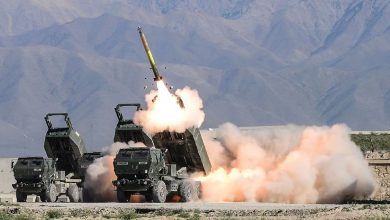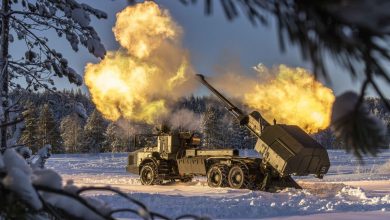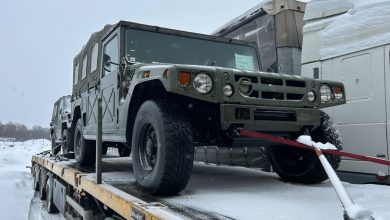Stoltenberg ‘confident’ Türkiye will ratify Sweden’s NATO bid

NATO Secretary-General Jens Stoltenberg said on Tuesday he is “absolutely confident” that Türkiye will end its opposition to Sweden’s membership bid after Ankara announced a day earlier that it will forward Stockholm’s accession to Parliament.
“The most important thing is that we have a clear decision by Türkiye that they will ratify, they will submit the accession protocol (to Parliament),” Stoltenberg said.
President Recep Tayyip Erdoğan committed on Monday after a meeting with Stoltenberg and Swedish Prime Minister Ulf Kristersson to end his monthslong opposition ahead of a two-day NATO summit in Vilnius.
“That’s good for Sweden, it’s good for Türkiye and it’s good for the whole of NATO and it’s also good for the Baltic region,” Stoltenberg said.
“This summit is already historic before it has started,” he added.
In a joint statement following the meeting, Sweden reiterated that it will not support the PKK terrorist group’s Syrian wing, the YPG, or the Gülenist Terror Group (FETÖ), the group behind the 2016 defeated coup in Türkiye.
The session also agreed to work toward eliminating sanctions and removing obstacles in defense trade and investments among allies.
Kristersson confirmed that his country will establish a new bilateral security dialogue with Türkiye for cooperation.





